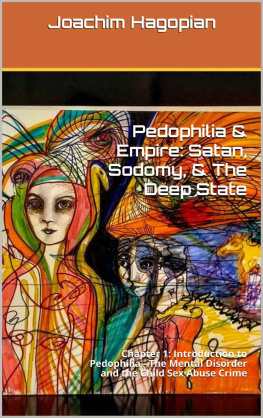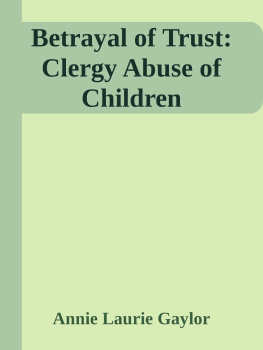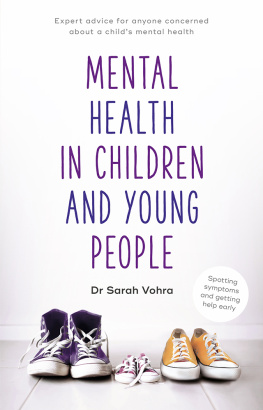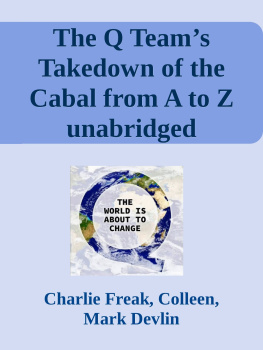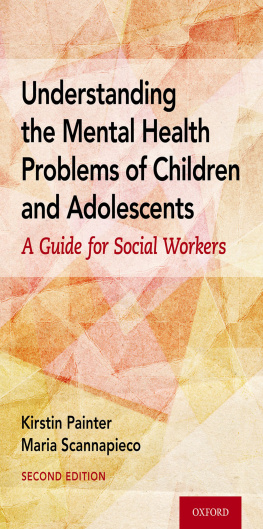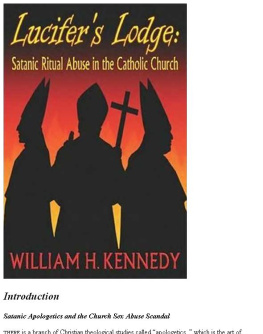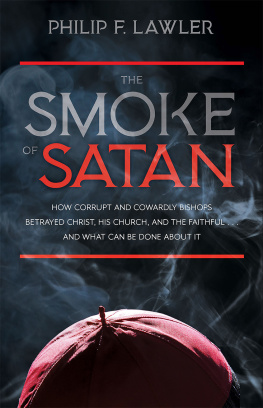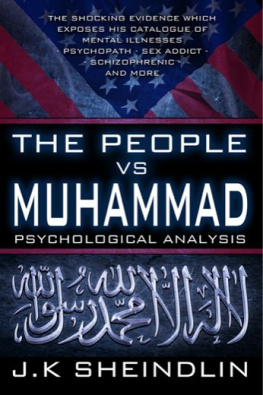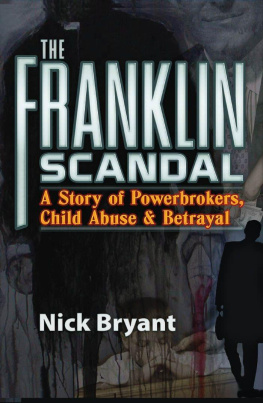Chapter 1: Introduction to Pedophilia - The Mental Disorder and the Child Sex Abuse Crime
Joachim Hagopian
Cover Credit: Nora Maccoby with permission
http://www.noramaccoby.com/
Few other words in the English language conjure up such strong value judgments and emotions as the word pedophilia. The word originates from the Greek paidos meaning child and philia signifying loving.
Considered a psychiatric disorder by the American Psychiatric Association (APA) dating back to 1952 with the first edition of its Diagnostic and Statistical Manual (DSM) on Mental Disorders, pedophilia has been included in all four revisions since. According to the latest 5 th edition (DSM-5), what was listed in prior DSMs as pedophilia is now Pedophilic Disorder, falling into the designated paraphilia class of atypical sexual disorders, is the diagnosis assigned to adults who have sexual desire for prepubescent children (deemed 13 years or younger). According to the DSM, the three criteria that must be met in order to diagnose an individual with Pedophilic Disorder are:
- An individual who has had arousing fantasies about, urges for, or behaviors with a prepubescent child or children.
- The individual has acted out these sexual desires, or is experiencing significant distress or difficulty as a result of these desires.
- The Individual is at least 16 years of age, and minimally five years older than the child or children.
By using the words acted out in the second criterion above, this generic definition is highly ambiguous since it fails to distinguish between those who act out their sexual desires and impulses through criminal behavior abusing children and those who are attracted to young children but do not act out their desires or urges physically with children. Acting out desires through masturbating and sexually fantasizing about children is not a crime, nor fraternizing and associating with other likeminded pedophiles (unless both are convicted felons). Another ambiguity in the definition of pedophilic disorder fails to distinguish a pedophile who fantasizes while watching child pornography, which itself is a crime, and a pedophile who bodily violates a child sexually. Both are pedophiles committing two separate crimes but obviously the child molestation is a far more severe criminal act that would ostensibly carry a harsher sentence.
However, viewing or engaging in the production or distribution of photos and videos graphically depicting children being brutally molested in the $20-50 billion child pornography industry is definitely a criminal offense.
So the discerning differential key and societys ultimate challenge to ensure the protection of children is separating the pedophile who acts out criminally as a child predator from others who keep their desires of attraction to their own inner thoughts and are not expressed either through child pornography nor direct contact with children. Since the latter pedophiles are neither criminals nor predators, they do not pose a threat to society. Obviously through the most judiciously legal and fair means, the pedophilic predator perpetrating crimes against children needs to be identified, segregated and removed from society for the sake of securing childrens safety. Sexually violent pedophiles (SVPs) that are repeat offenders who clearly cannot control their compulsions to act out against prepubescent children, fully fit the criteria as mentally disordered criminals in need of treatment while posing a clear danger to children for civil commitment at a long-term mental institution.
But when a ruling class has been free to rape and murder children for centuries at will with total impunity, Thats hardly the answer either. Yet up till now, thats status quo business at the top of the pedo predatory food chain.
A half dozen years ago, 100,000 of the 500,000 registered sex offenders in the United States were reportedly missing and unaccounted for, thats one in five convicted rapists remaining at large,
There are several types of pedophiles based on the object of their attraction:
Hebephilia The article author, Dr. Allen Frances, openly admits that adult [men] lusting after 13- and 14-year old adolescent girls is perfectly normal, though still a crime to physically act on.
If hebephiliac was listed in DSM-5 as a mental disorder, forensic psychiatry that provides expert witness court testimony in child molestation trials would have been directly impacted, potentially putting hebephiles away for life in mental institutions. Adults having even consensual sex with a 17-year old is committing a statutory rape crime in most US states. Thus prison time for adult defilers of early adolescents is still the legal consequence, with or without the hebephilia diagnosis. In the end, due to such stiff opposition and heated controversy, the DSM workgroup chose to forego making hebephiliac disorder yet another official diagnostic entry. But in another article Dr. Frances alludes to some sneaky fine print in DSM-5 pertaining to a pedophilia definition that includes arousal from prepubescent or early pubescent children. This mental disorder loophole imposes the forensic concern of having to commit sexually violent pedophiles (SVPs) [i.e., a convicted rapists of early adolescents] confined to a mental institution the rest of their lives. Dr. Frances objects on both ethical and constitutional grounds that according to him in nearly all cases the rape offender of a pubescent aged adolescent does not suffer from a mental sexual disorder and therefore does not warrant a lifetime sentence in an insane asylum, believing it would be a travesty of justice. Of course with far more conviction, the same can be said for the raped pubescent girl or boy, regardless of the offenders length of stay at either a prison or mental institution.
The American Psychiatric Association committee that published the DSM-5 in 2013 also came under heavy fire when it initially described Pedophilic Disorder as a sexual orientation, and reiterating the serious nature of child molestation and child sex abuse as a felony crime committed by pedophile offenders.
A common misperception is to believe that pedophilia is the same as child molestation. From the website - Yet we are despised for having a sexual attraction that we did not choose, cannot change, and successfully resist.
As alluded to by both research findings and the quote above, pedophilia is an unalterable condition, a biological predisposition that one is born with. Hence, the consensus amongst researchers is that pedophilia is indeed a sexual orientation from birth, similar to homosexuality, which up until a few decades ago was also deemed a mental disorder.
Pedophilic disorder manifests as an onset in males at puberty. Child sexual molestation perpetrated by adult women also tends to be less reported since society grants the nurturing bond of maternal love a far wider parameter when it comes to physical contact with children, reinforced by the common misperception that virtually all child rapists must be men.
Another factor making boy victims of adult women far more sensationalized in the media and different from girls molested by men is illustrated in the classic teacher-boy child relationship - the common myth that a 13 or 14 year old male is not a victim at all, but just the opposite - a fortunate beneficiary experiencing his rite of passage compliments of the mature hot babe who shows him the sexual ropes.
On the other hand, male survivors of early child sexual abuse in a very real way have a more difficult time coping with sexual trauma. much less even confide in disclosing past abuse to others. Older abused boys and men are far more prone to acting out their internal anger and shame through violence toward self through suicide, or becoming drug addicts, or violence directed toward others, ending up in prison, potentially committing even rape and murder in a maladjusted desperate attempt to regain a feeling of control over their body and lives. Fear of being judged gay or a child molester keeps males from admitting theyve ever been sexually abused.
Next page
